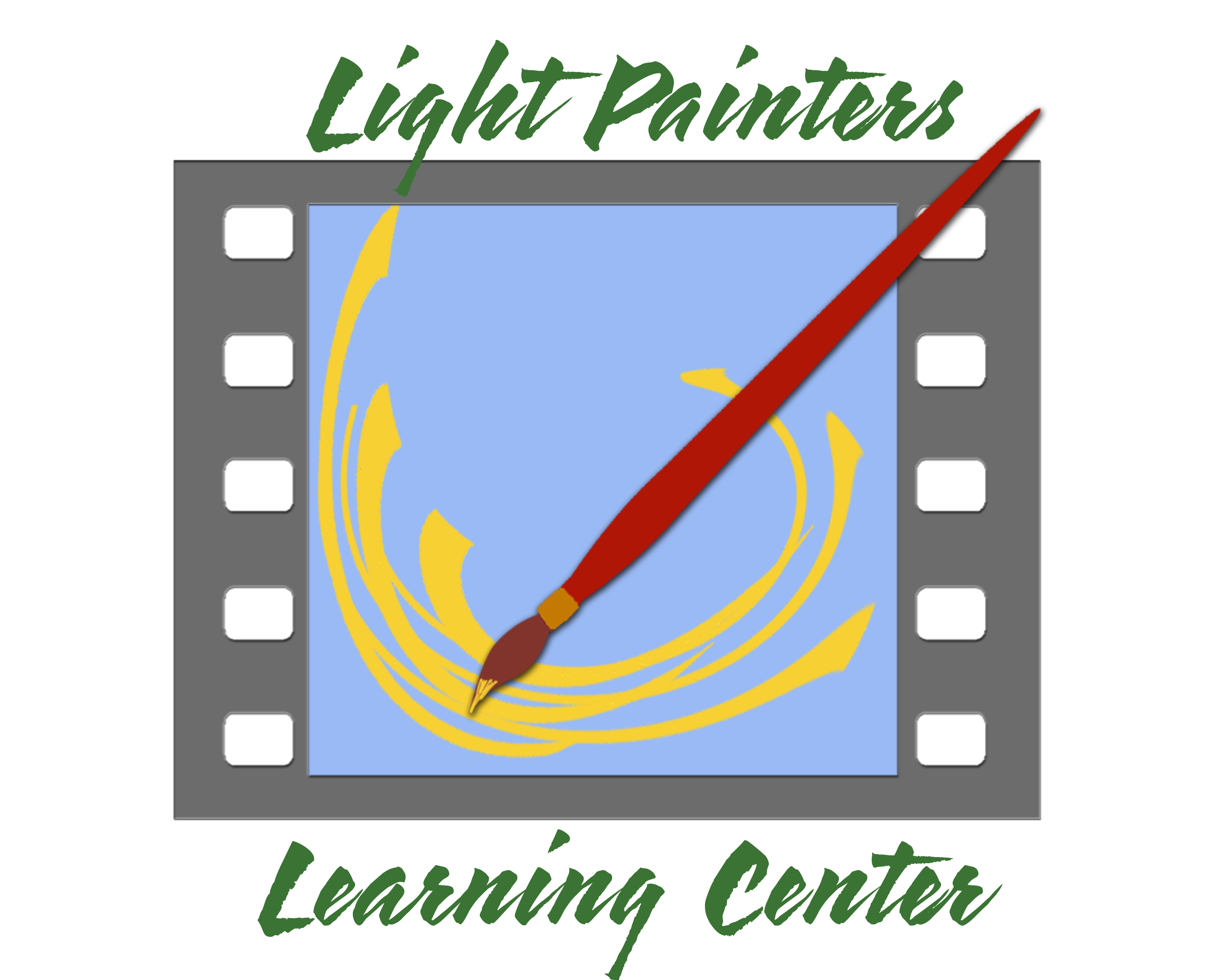Capturing images in the dark can be a tricky, requiring very slow shutter speeds and a bit of trial an error. However, shooting a full moon is as easy as snapping any image in the light of the midday sun. Just use the sunny 16 rule-set your aperture (f-stop) to 16 and your shutter speed to the same speed as your ISO, or as close as possible. For instance, if you are shooting with a shutter speed of 1/125, your ISO should be 100. If you are shooting at 1/250, your ISO should be 200. (You will definitely have to put your camera in manual mode for this one, by the way.)
The point is that these settings are what you would use if you were shooting at midday under clear and sunny skies. And, you may wonder how could you possibly capture the moon with those settings. Well, let’s go back to Earth Science class–the moon receives all of it’s light from the sun, just as we earthlings do. So, when we see the moon, we are seeing sunlight reflected off of it. In other words, we are viewing high noon from the moon’s perspective. So the settings for proper exposure should be those that you would use for high noon on Earth.
Just remember that everything else in the scene-tree branches, or a frost ring around the moon, will not record–they will be completely obscured by inky black shadows.
Let’s take a look at a few shots I captured in the last full moon and see what happens at different settings:

Full moon with frost ring. Taken at f2.8 and 1/50 sec. Detail of the moon is lost, but we can see the frost ring--clearly a compromise, but the interest is on the ring around the moon, isn't it?

Full moon-f/16 at 1/250-Here's the moon in full detail. It's so clear, you can see the Man in the Moon!
So now you see how simple it is to capture a beautiful image of the moon. As I mentioned before, you need to put your camera into full manual so you can override the settings your camera will automatically try to set. Automatic meters want to make the scene as bright as necessary.
One last point is that you will want to try to capture the moon when it is low in the sky, or use as much of a telephoto as possible. These images were taken with a 50mm that I zoomed and cropped in Lightroom-yet another option.
Do you have experiences with shooting the moon? Post them here in the comments!


Recent Comments